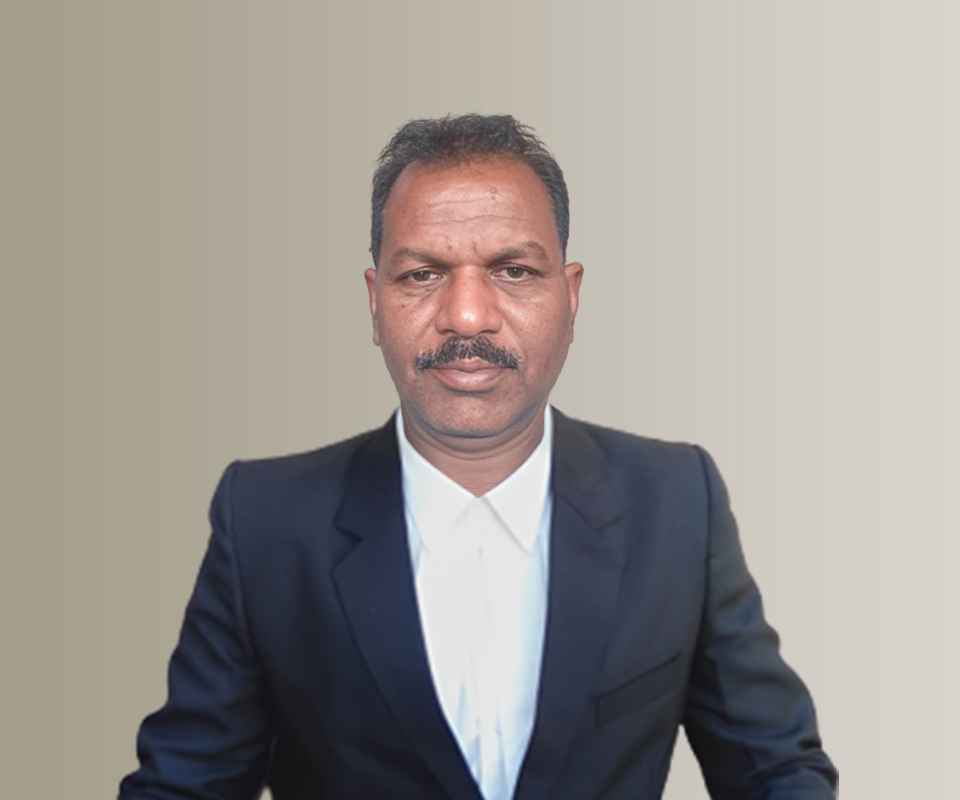Answer By law4u team
Constitution Of India Article 39: Certain Principles Of Policy To Be Followed By The State
- (a) That the citizens, men and women equally, have the right to an adequate means of livelihood.
- (b) That the ownership and control of the material resources of the community are so distributed as best to subserve the common good.
- (c) That the operation of the economic system does not result in the concentration of wealth and means of production to the common detriment.
- (d) That there is equal pay for equal work for both men and women.
- (e) That the health and strength of workers, men and women, and the tender age of children are not abused and that citizens are not forced by economic necessity to enter avocations unsuited to their age or strength.
- (f) That children are given opportunities and facilities to develop in a healthy manner and in conditions of freedom and dignity and that childhood and youth are protected against exploitation and against moral and material abandonment.
NOTE
- {2}Clause (f) substituted by the Constitution (Forty-second Amendment) Act, 1976, s. 7 (w.e.f. 3-1-1977).
Brief Detail
Article 39 outlines the directive principles of state policy aimed at ensuring social and economic justice. These include provisions for equal livelihood opportunities, equitable distribution of resources, prevention of wealth concentration, equal pay for equal work, and protection of the health and welfare of workers and children.
Question
Q1: What does Article 39 aim to achieve?
A1: Article 39 aims to guide the State in promoting social and economic justice by ensuring equal livelihood opportunities, equitable resource distribution, and protection of vulnerable sections of society.
Q2: What are the key aspects covered under Article 39?
A2: Key aspects include equal pay for equal work, protection against exploitation, preventing wealth concentration, and ensuring the health and welfare of workers and children.
Example
Example 1: Implementing laws that mandate equal pay for men and women performing the same work.
Example 2: Policies aimed at redistributing land ownership to promote equitable resource distribution.
Summary
Article 39 establishes fundamental principles for state policies to promote social and economic justice, safeguard worker and child welfare, and ensure equitable distribution of resources while preventing exploitation and wealth concentration.







